20 Foods You Can Actually Eat a Lot Of
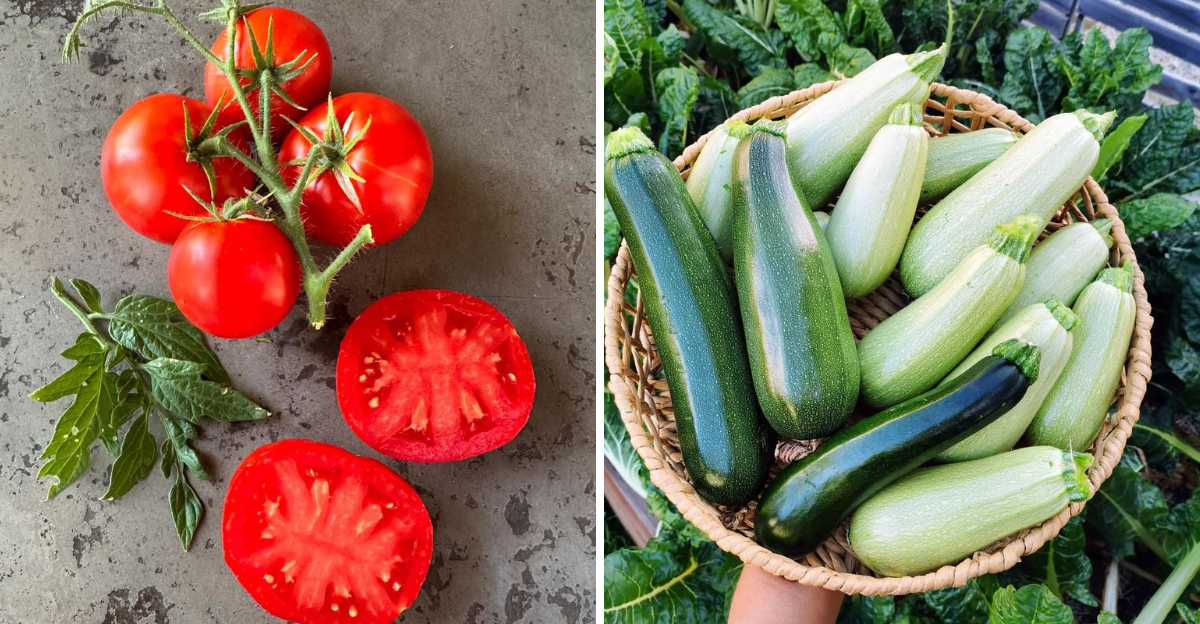
Eating healthy doesn’t have to mean eating less. In fact, some foods are so low in calories and high in nutrients that you can enjoy them in abundance without any guilt. Here, we explore 20 such foods that you can eat a lot of while still maintaining a balanced diet. These choices not only satisfy hunger but also provide essential vitamins and minerals, making them ideal for snacking or adding volume to your meals. Explore this list to discover new favorites for your healthy eating journey.
1. Spinach
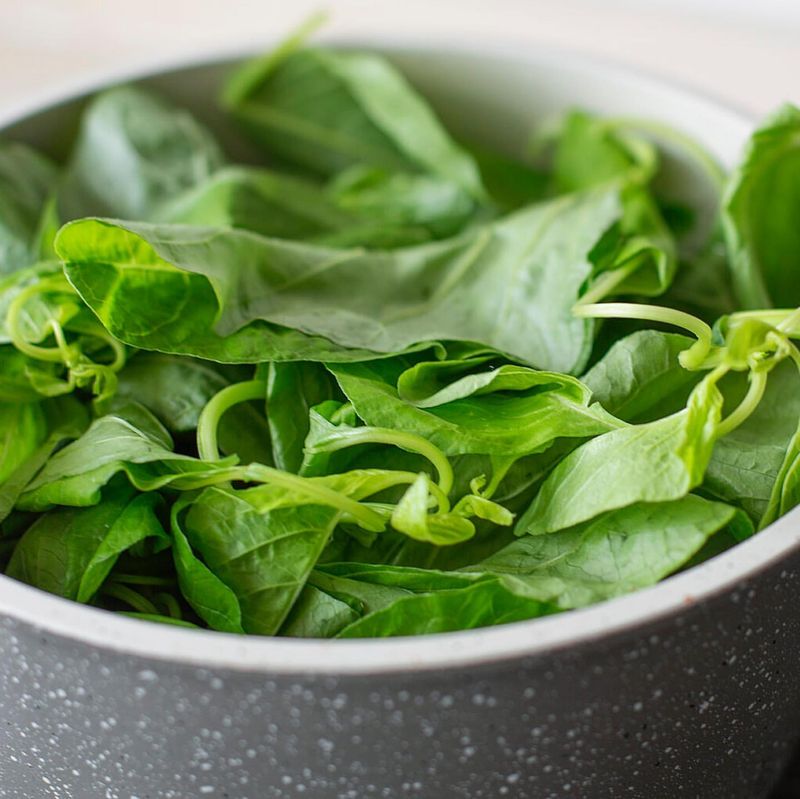
Spinach is incredibly low in calories, making it a perfect choice for those looking to eat more without gaining weight. You can enjoy spinach in salads, smoothies, or as a steamed side dish.
Rich in iron, calcium, and vitamins A and C, spinach is a nutritional powerhouse. Its versatility allows it to be incorporated into various dishes, adding a nutritional boost without altering taste.
Whether you’re making a spinach omelet or a green smoothie, this leafy green is both filling and beneficial.
2. Celery
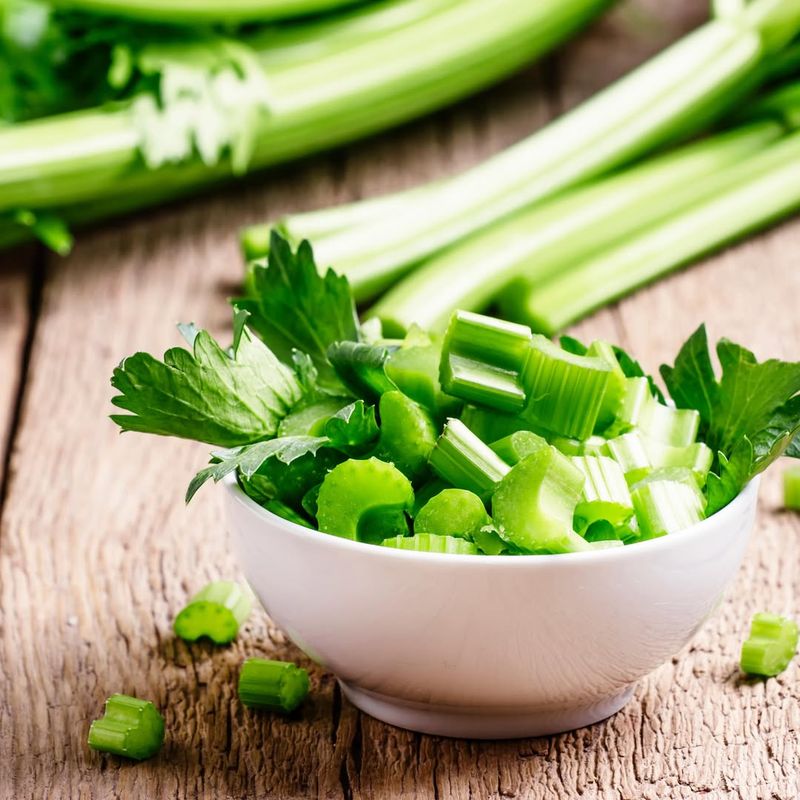
Celery is a refreshing, low-calorie snack that you can consume in large amounts. Its crunchy texture makes it a satisfying choice for healthy snacking.
Packed with water and fiber, celery aids digestion and keeps you hydrated. It’s perfect for dipping into hummus or peanut butter for added flavor.
With its high water content, celery can be a hydrating addition to your diet, making it an excellent choice for warm days.
3. Cucumber
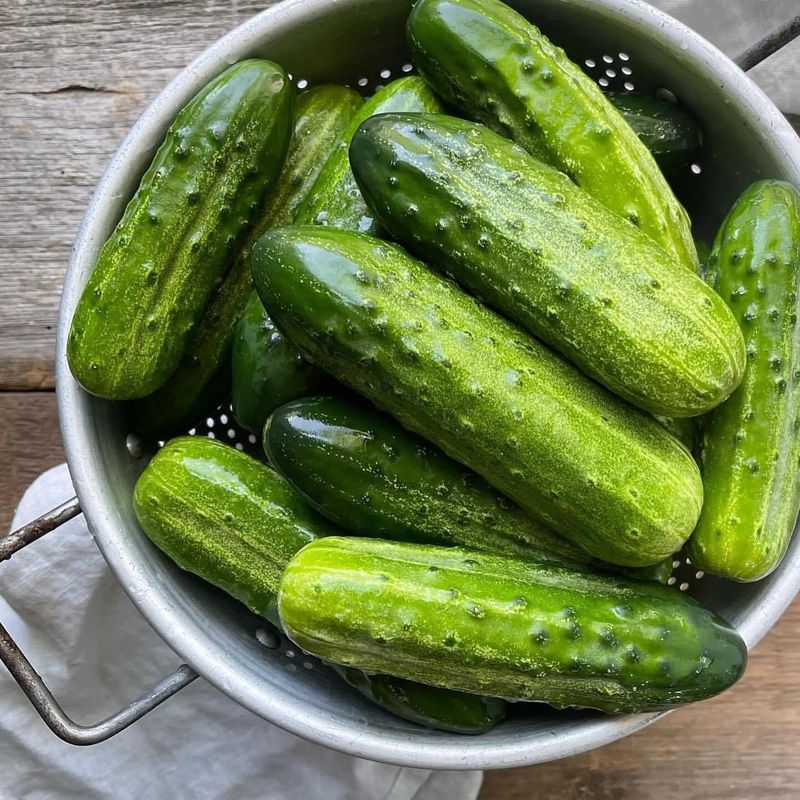
Cucumbers are extremely low in calories and high in hydration, making them an excellent choice for those who love to snack. You can eat them with dips or add them to your salads.
They contain antioxidants and promote hydration, making them beneficial for skin health. Add slices to your water for a refreshing drink.
With their mild flavor and crunch, cucumbers are a versatile addition to many dishes, providing a fresh and crisp texture.
4. Tomatoes
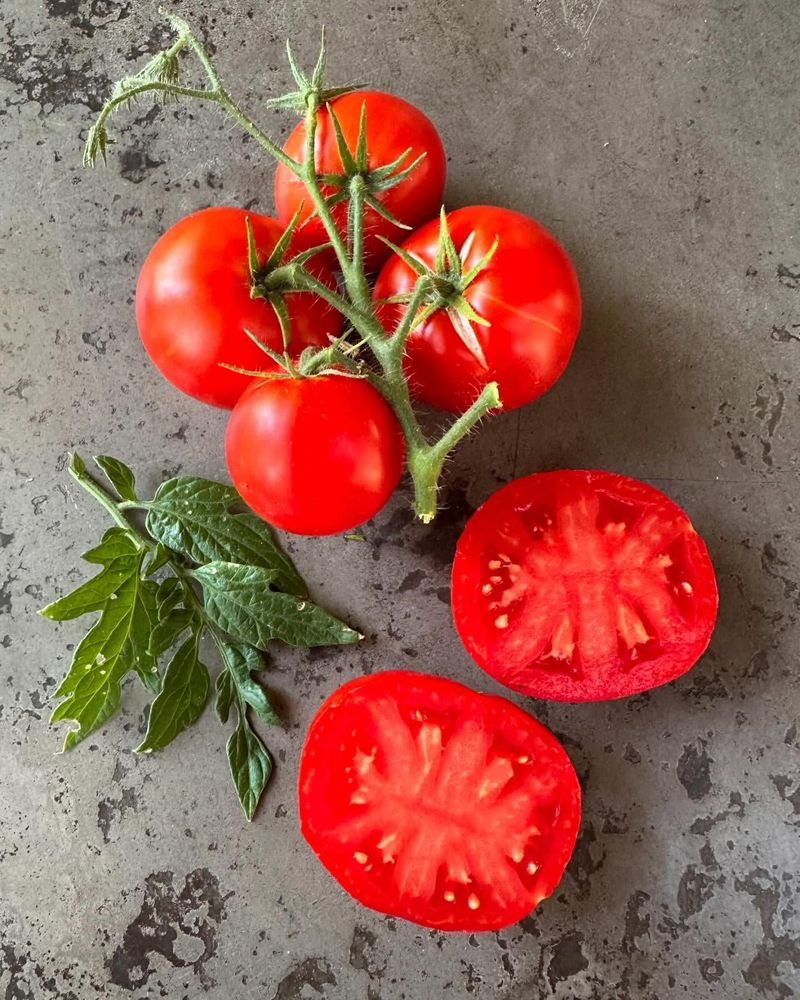
Tomatoes are incredibly versatile and low in calories. You can eat them raw, cooked, or as part of sauces. They add flavor and nutrients to any meal.
Rich in vitamin C and lycopene, tomatoes are great for heart health and reducing inflammation. They can be enjoyed in salads, sandwiches, or as a base for sauces.
Whether you’re roasting them for a soup or slicing them for a salad, tomatoes provide ample benefits without adding many calories.
5. Kale
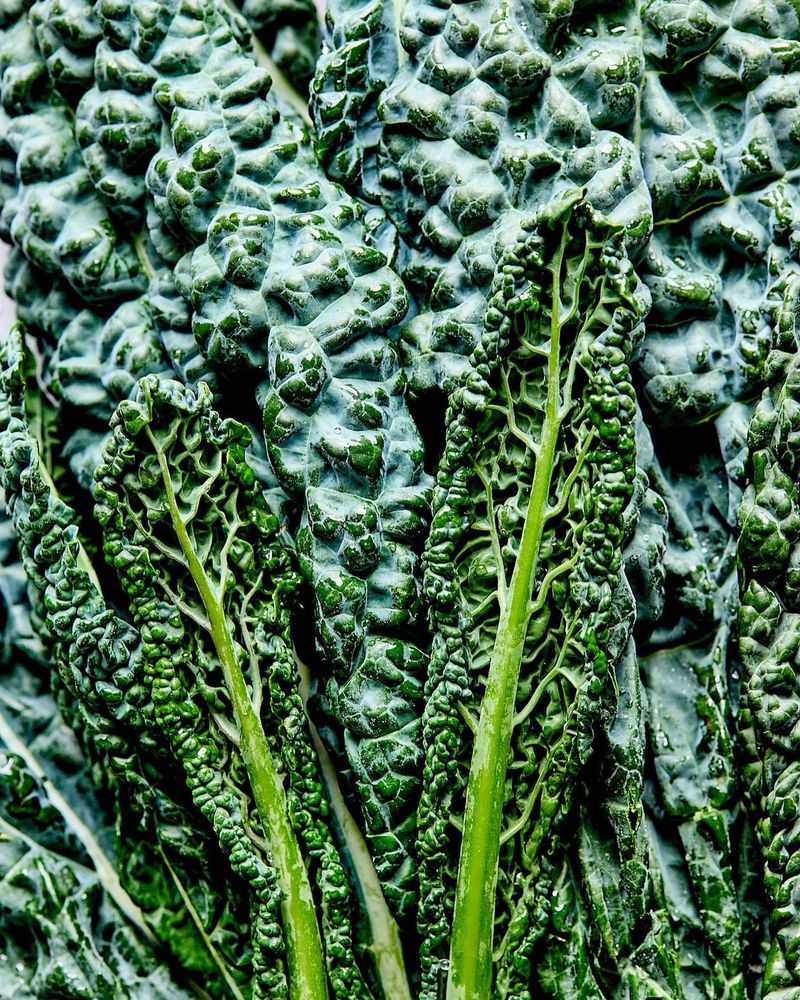
Kale is a nutrient-dense leafy green that you can consume in large quantities. Its robust texture makes it ideal for salads and chips.
High in vitamins A, K, and C, kale supports bone health and boosts the immune system. It’s excellent in smoothies or as a base for salads.
Its slightly bitter taste can be balanced with sweet dressings or fruits, offering a myriad of culinary possibilities.
6. Zucchini
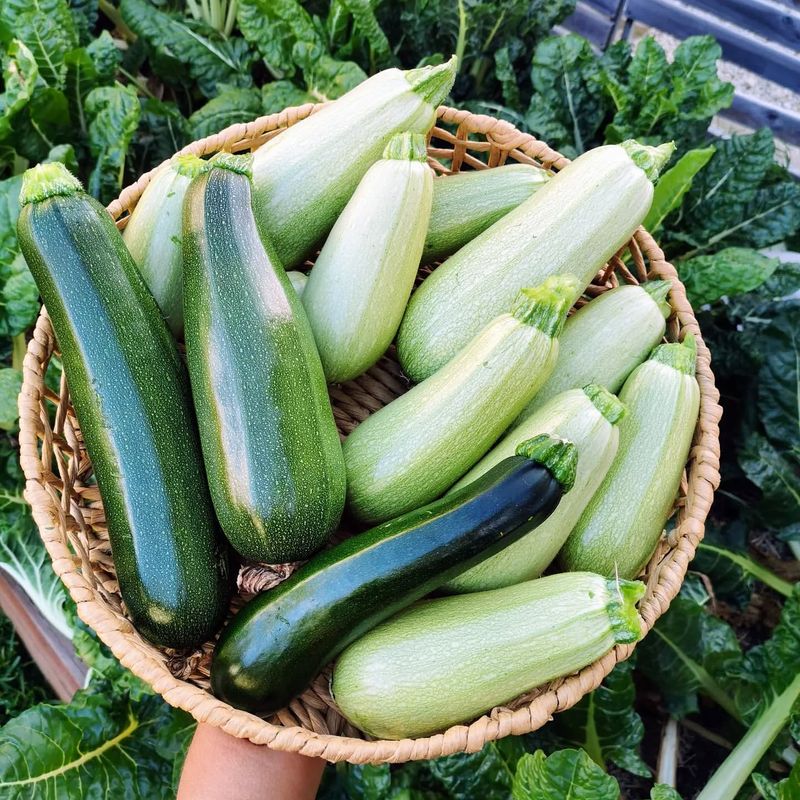
Zucchini is low in calories and can be eaten in abundance. It’s great when grilled, spiralized into noodles, or added to breads. This vegetable is high in antioxidants and vitamin C.
You can sauté it with herbs for a delicious side dish or blend it into soups for added volume. Zucchini is also perfect for baking, adding moisture without excess calories.
Its mild flavor makes it adaptable for various dishes, from savory to sweet.
7. Bell Peppers
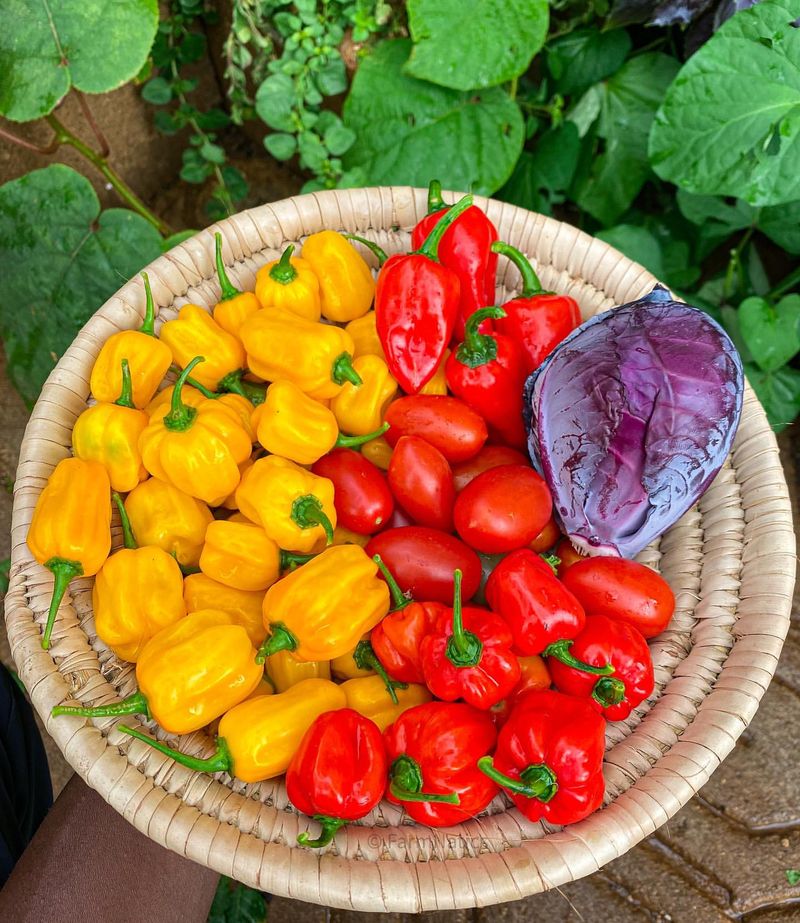
Bell peppers are both colorful and low in calories, making them a delightful addition to any diet. You can eat them raw, roasted, or stir-fried.
Rich in vitamins A and C, bell peppers boost the immune system and improve eye health. They’re versatile, adding a sweet crunch to dishes.
Whether you’re making fajitas or adding them to a salad, bell peppers provide flavor and nutrition without the extra calories.
8. Lettuce
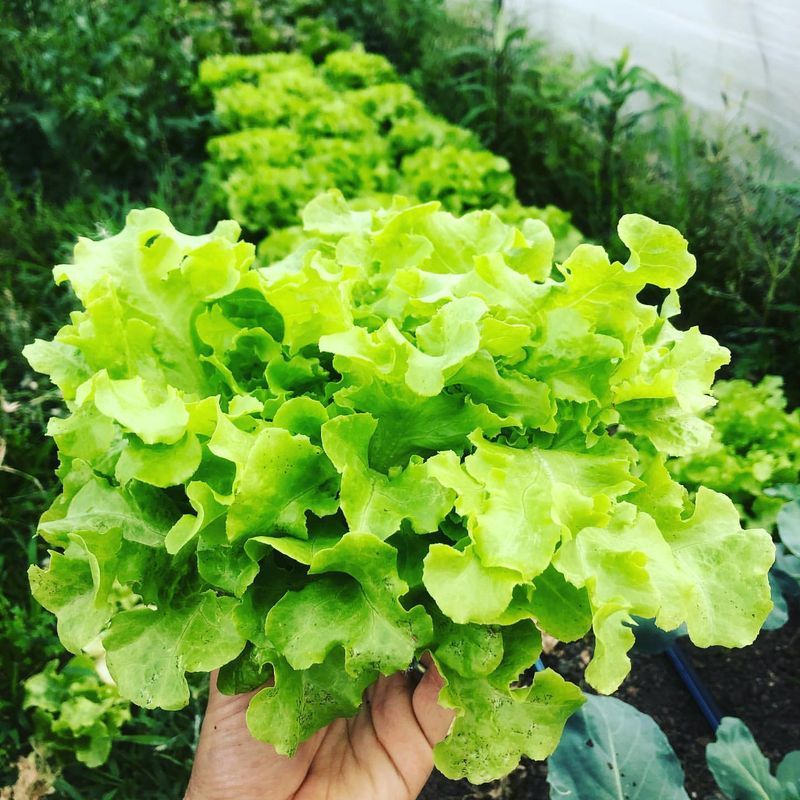
Lettuce is a classic low-calorie food that you can eat plenty of. It’s a staple for salads and sandwiches, adding crunch without many calories.
While it’s primarily water, lettuce also provides fiber and small amounts of vitamins A and K. It’s refreshing and hydrating, perfect for light meals.
Use it to wrap burgers or tacos for a low-carb option, keeping meals light and enjoyable.
9. Berries
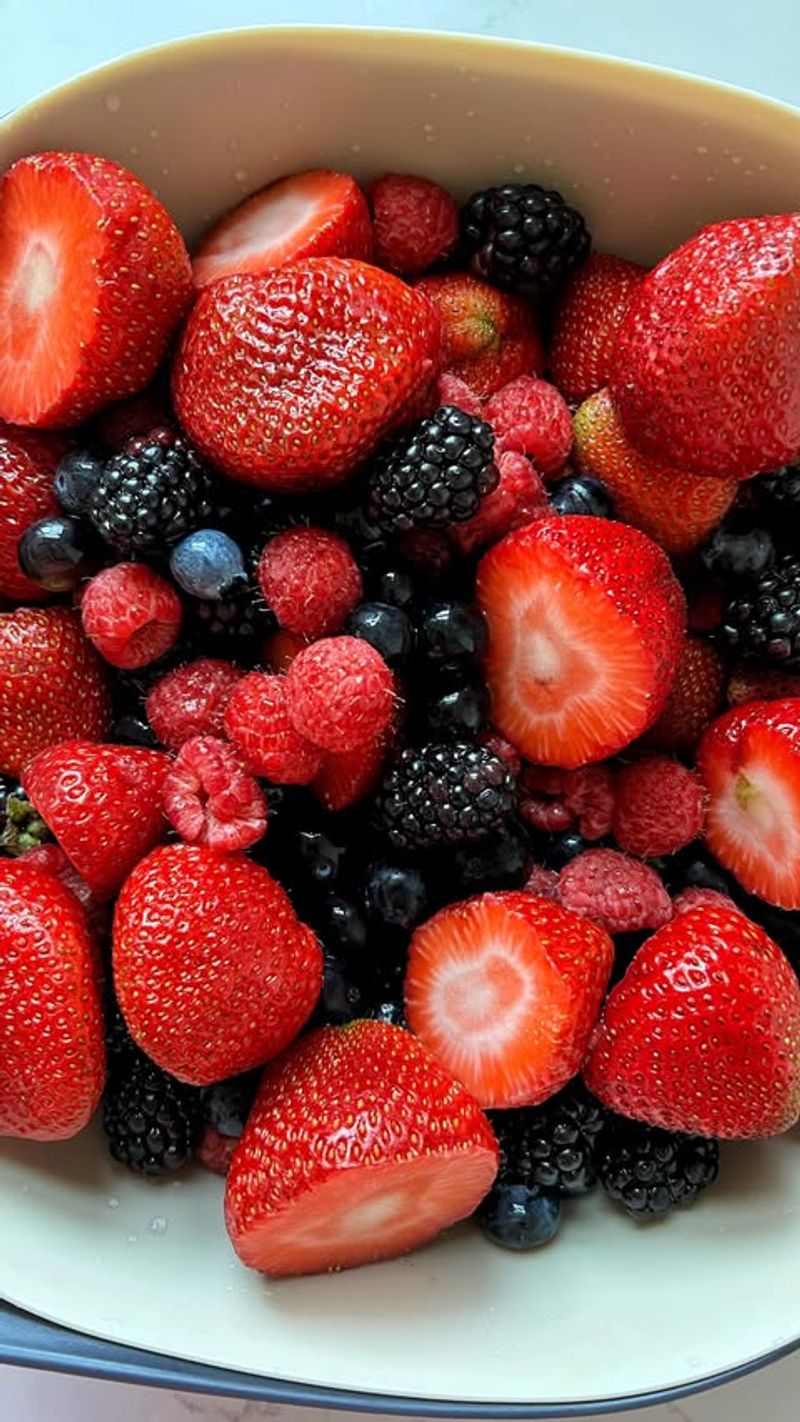
Berries are a sweet, low-calorie treat that you can indulge in without guilt. They’re delicious on their own or as part of desserts and breakfasts.
High in antioxidants, berries like strawberries, blueberries, and raspberries support heart health and reduce inflammation. Enjoy them fresh or frozen.
Their natural sweetness makes them ideal for yogurt, smoothies, or salads, adding a burst of flavor and nutrition.
10. Broccoli
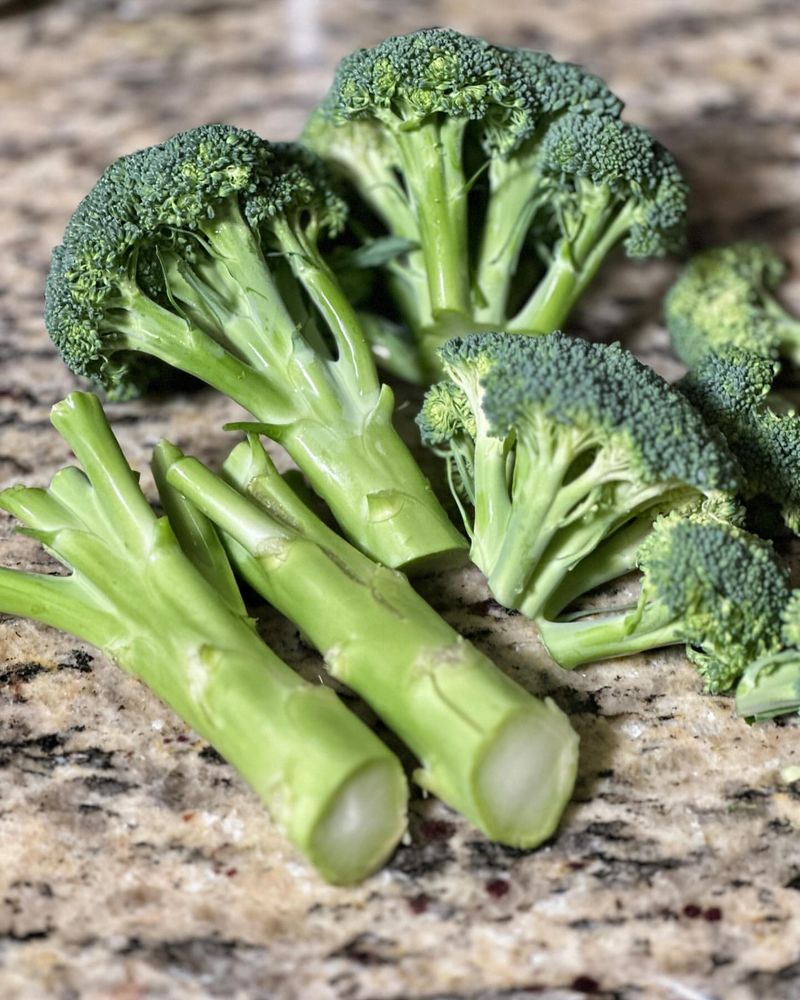
Broccoli is a low-calorie vegetable packed with nutrients. Whether steamed, roasted, or raw, it can be eaten in large quantities.
Rich in vitamins C and K, broccoli supports bone health and boosts the immune system. It’s also high in fiber, aiding digestion.
Enjoy it as a side dish, in stir-fries, or as a base for your favorite sauce, providing a nutrient-rich addition to meals.
11. Cauliflower
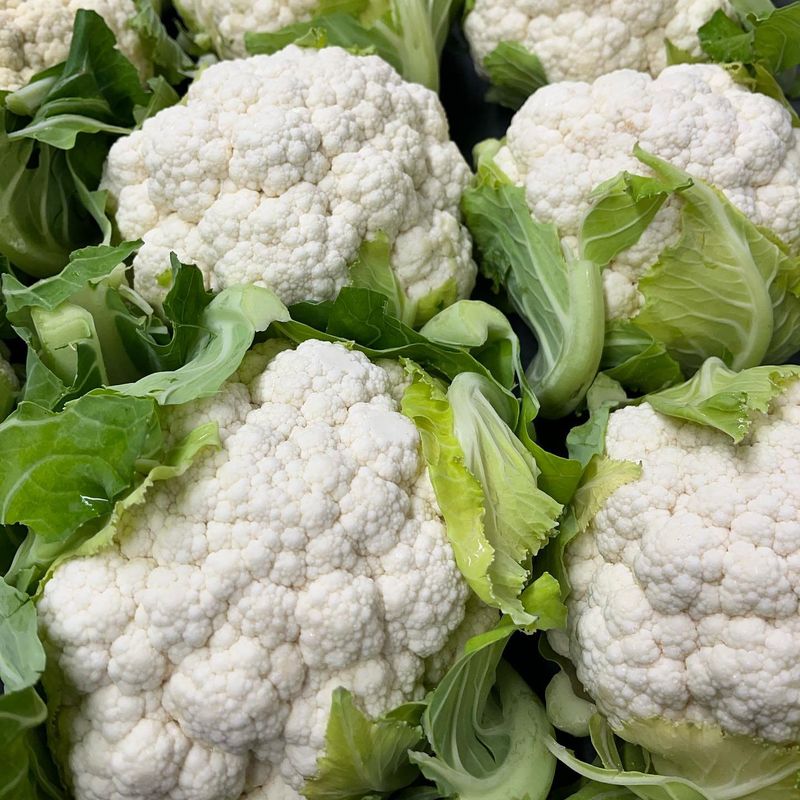
Cauliflower is a versatile, low-calorie vegetable that you can consume in abundance. Use it as a rice substitute or in mashed form.
It contains vitamins C and K, promoting bone health and reducing inflammation. Whether roasted or steamed, it holds up well in various dishes.
Its mild flavor makes it a great canvas for spices and sauces, enhancing any meal without adding extra calories.
12. Cabbage
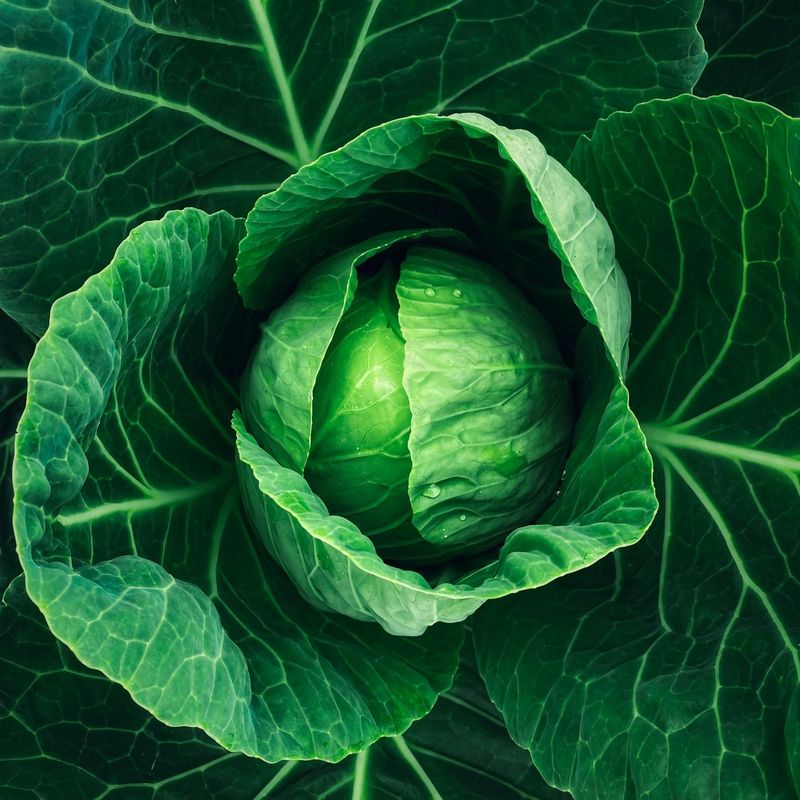
Cabbage is low in calories and high in fiber, making it a great option for those looking to eat a lot without gaining weight. It’s perfect for salads and stir-fries.
Packed with vitamins C and K, cabbage supports digestion and boosts the immune system. Enjoy it in coleslaw or fermented as sauerkraut.
Its crunchy texture and mild flavor make it an adaptable addition to many dishes, from soups to side salads.
13. Mushrooms
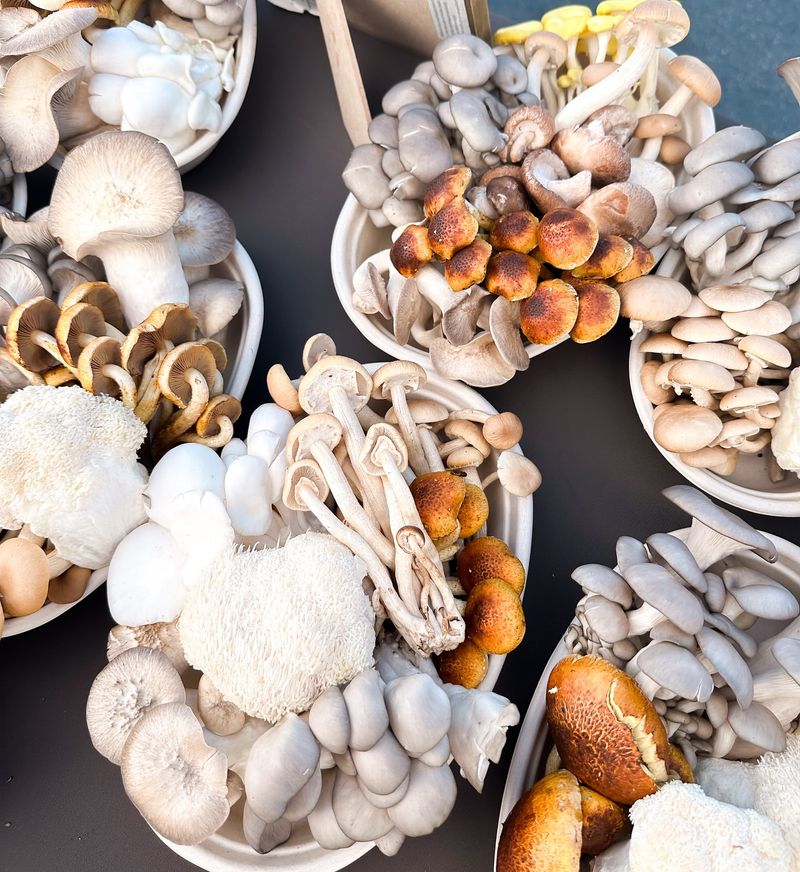
Mushrooms are low in calories but rich in flavor, making them a satisfying choice for those looking to eat more. They can be sautéed, grilled, or added to soups.
High in B vitamins and selenium, mushrooms support metabolism and immune function. They’re versatile, adding umami to various dishes.
Whether stuffed or sliced, mushrooms enhance meals with their earthy taste and meaty texture, providing a fulfilling yet low-calorie option.
14. Radishes
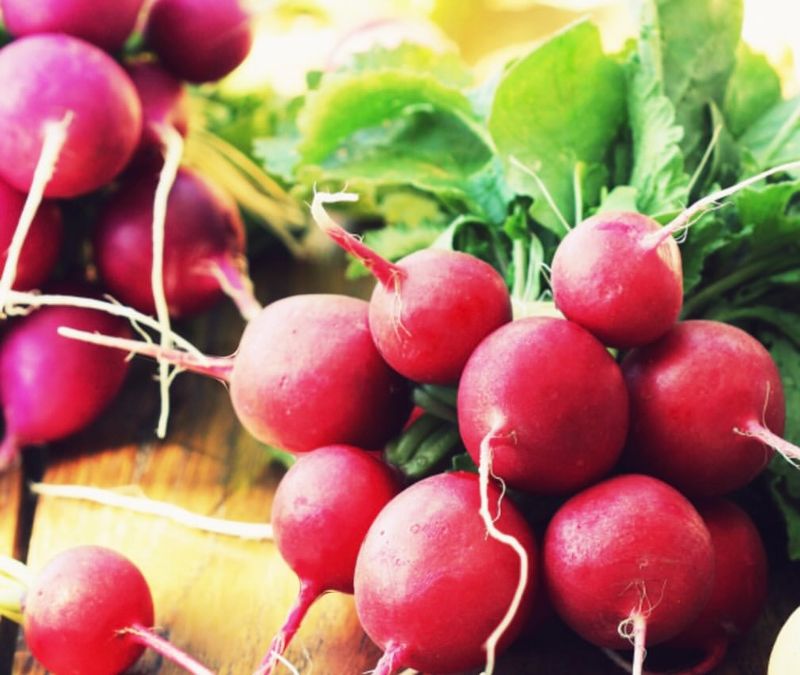
Radishes are low-calorie, crunchy vegetables that can be enjoyed in large amounts. Add them to salads for a peppery kick or enjoy them as a snack.
Rich in vitamin C and antioxidants, radishes aid digestion and support the immune system. They’re refreshing and hydrating.
With their vibrant color and crisp texture, radishes can be pickled or sliced thin for sandwiches, bringing a zesty note to meals.
15. Asparagus
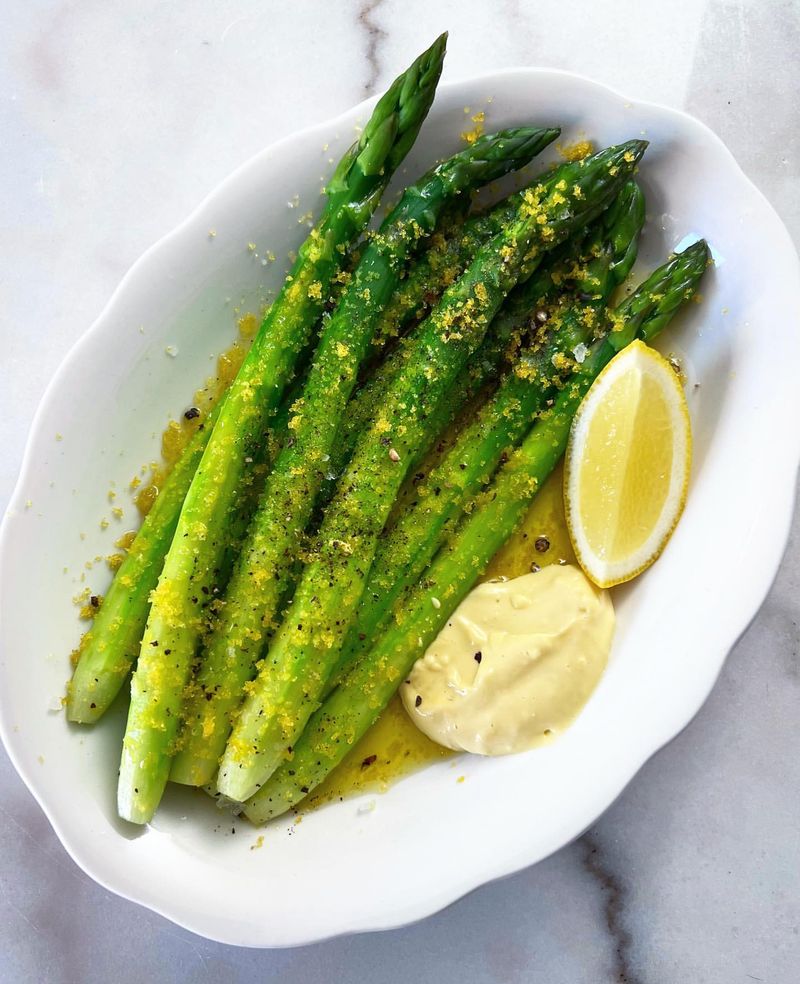
Asparagus is a low-calorie vegetable that you can eat plenty of. It’s delicious when roasted, grilled, or steamed.
High in vitamins A, C, and K, asparagus supports bone health and boosts the immune system. It’s also known for its diuretic properties.
Whether served as a side dish or added to salads, asparagus adds a touch of elegance and nutrition to any meal.
16. Onions

Onions are low in calories and full of flavor, allowing you to use them liberally in cooking. Whether sautéed, raw, or caramelized, they enhance many dishes.
Rich in antioxidants and vitamin C, onions support heart health and reduce inflammation. They add depth to soups, stews, and salads.
Their pungent flavor becomes sweet when cooked, making them a versatile ingredient in a variety of cuisines.
17. Eggplant
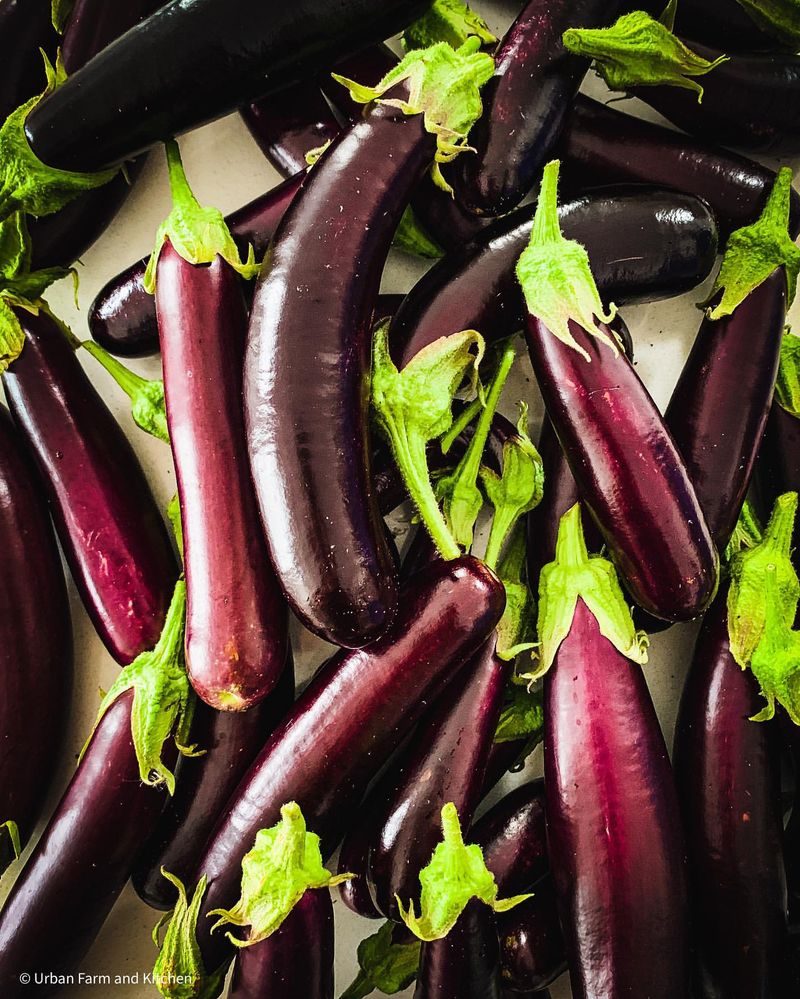
Eggplant is low in calories and can be consumed in large amounts. It’s great for grilling, roasting, or baking.
High in fiber and antioxidants, eggplant supports digestion and heart health. It’s perfect for vegetarian dishes like ratatouille or eggplant parmesan.
Its meaty texture makes it an excellent meat substitute, absorbing flavors well and providing a hearty addition to meals.
18. Green Beans
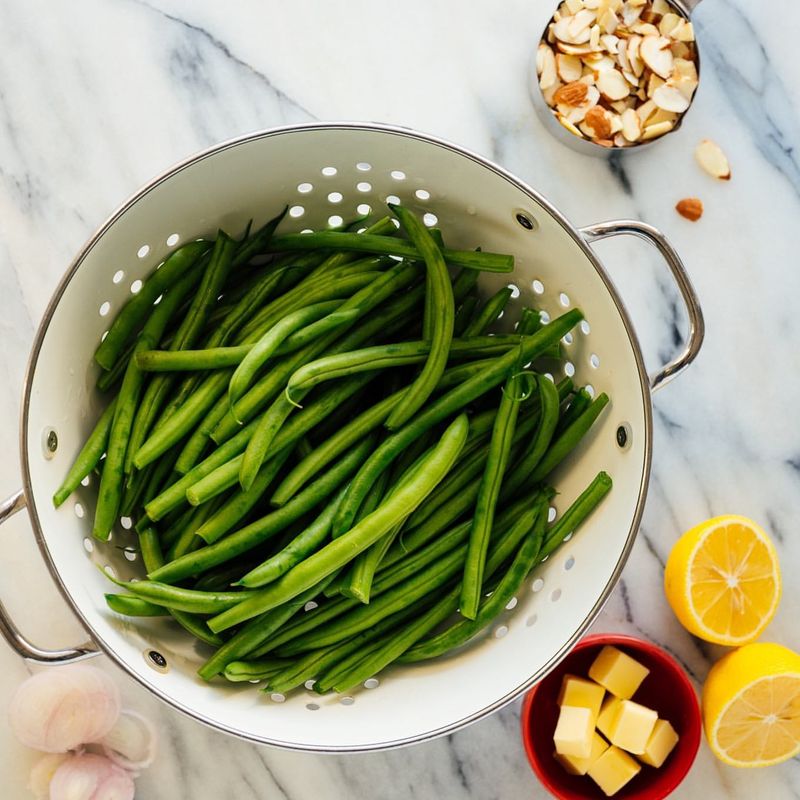
Green beans are a low-calorie vegetable that you can eat in abundance. They’re delicious steamed, sautéed, or in casseroles.
Rich in vitamins A, C, and K, green beans support bone health and immune function. They’re also high in fiber, aiding digestion.
Whether served as a side dish or added to salads, green beans offer a crisp texture and vibrant color, enhancing any meal.
19. Carrots
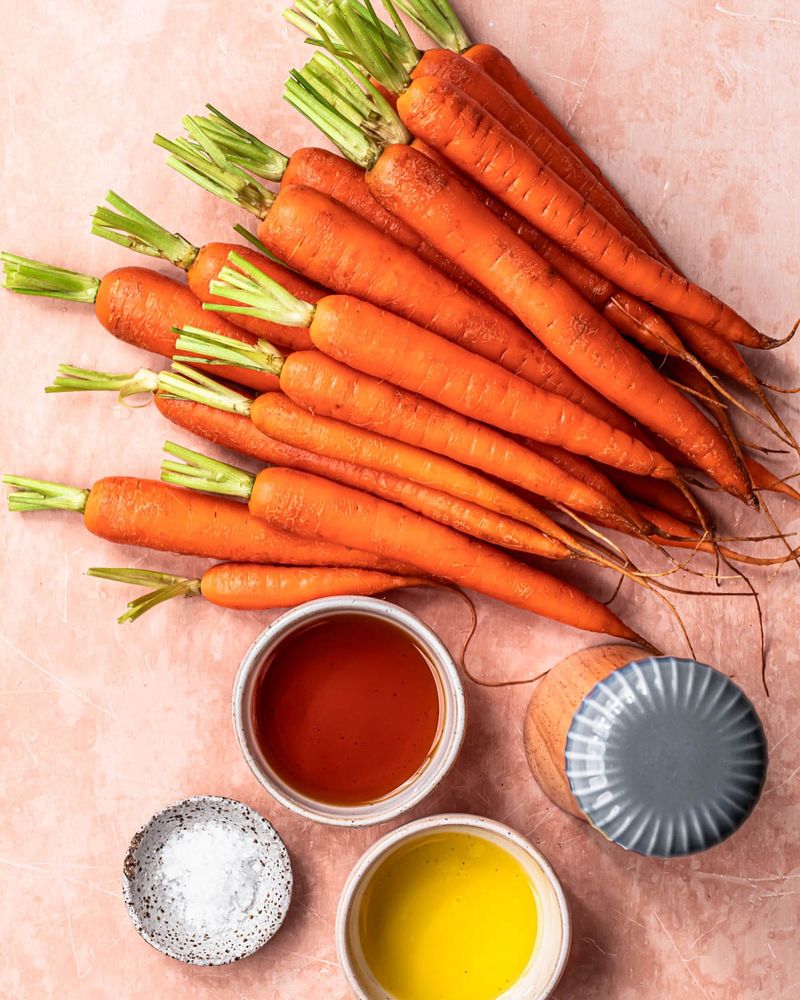
Carrots are low in calories and high in nutrients, making them a great snack option. Enjoy them raw, cooked, or juiced.
Rich in beta-carotene and fiber, carrots support eye health and aid digestion. They’re sweet and crunchy, perfect for dipping in hummus.
Whether shredded in salads or roasted as a side dish, carrots provide color and nutrition without extra calories.
20. Peppers
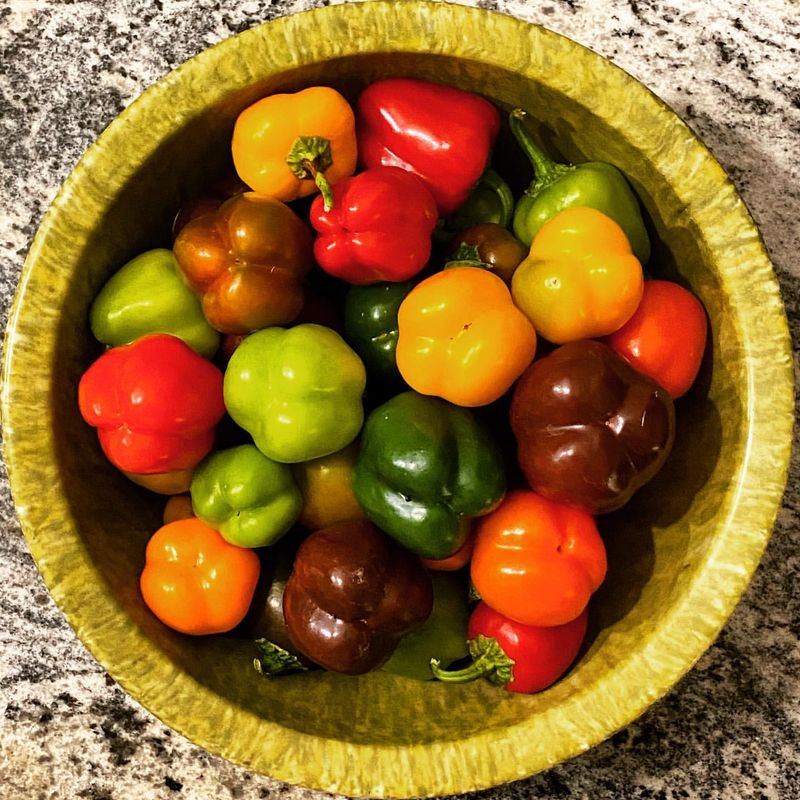
Peppers, both sweet and spicy, are low in calories and high in flavor, allowing you to enjoy them in abundance.
They contain vitamins A and C, supporting immune health and eye function. Use them in salads, salsas, or as a seasoning for cooked dishes.
With a variety of flavors and heat levels, peppers can add excitement and nutrition to any meal, making them a versatile choice.
